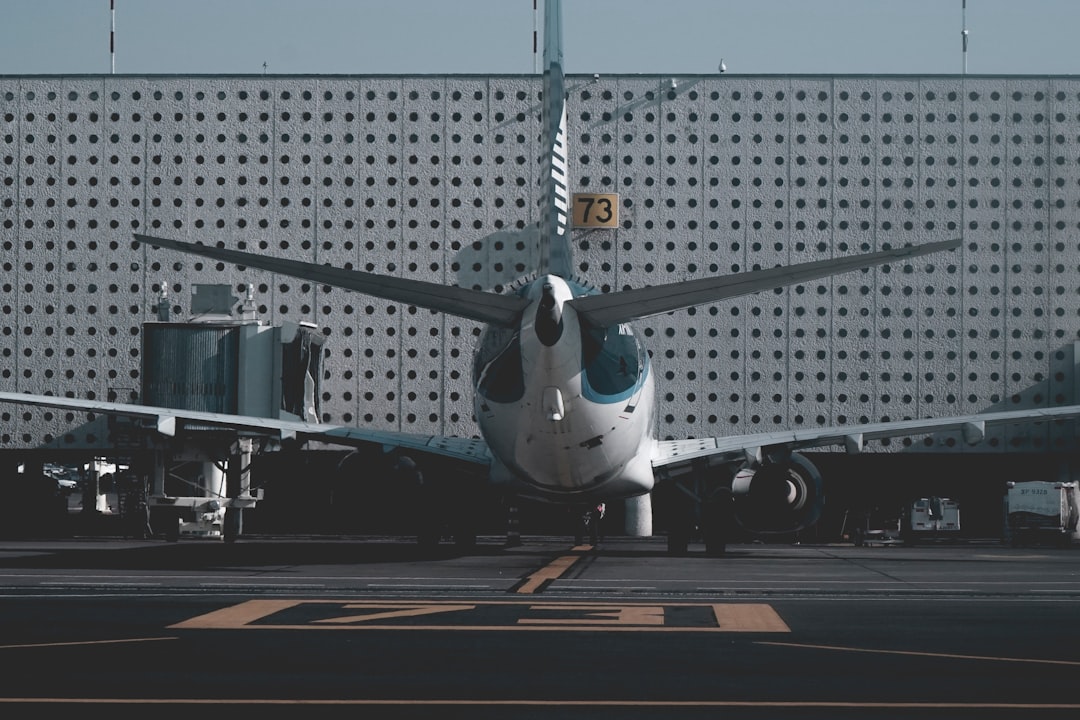A Sudden Halt That Caught Everyone Off Guard (Image Credits: Unsplash)
Frustrated travelers huddled in airport terminals, staring at departure boards frozen with delays, as the ripple effects of a sudden technical failure spread from coast to coast.
A Sudden Halt That Caught Everyone Off Guard
Picture this: planes ready to taxi, crews in position, and then nothing. On October 23, 2025, Alaska Airlines hit the brakes on all its flights nationwide. The culprit? A major IT outage that knocked out key systems, leaving the entire operation in limbo.
This wasn’t just a minor glitch. It grounded not only Alaska’s fleet but also its regional partner, Horizon Air. Passengers from Seattle to New York found themselves stuck, with no clear timeline for when things would move again. The outage hit hard and fast, turning a routine travel day into a nightmare for thousands.
The Scale of the Disruption
Over 400 flights vanished from schedules in a matter of hours. That’s more than 49,000 passengers left scrambling for alternatives or accommodations. Airports buzzed with confusion as announcements echoed through halls, updating folks on the ever-growing list of cancellations.
By the next morning, the tally climbed past 360 cancellations for Alaska and Horizon combined. Families heading home from vacations, business folks rushing to meetings – everyone felt the pinch. The IT issue forced a full ground stop, halting takeoffs and stranding aircraft at gates.
Restoring Order Amid the Mess
Alaska Airlines moved quickly to bounce back. Technicians worked through the night, and by Friday, they lifted the ground stop. Flights started rolling again, but the backlog meant delays lingered like a stubborn fog.
Repositioning planes and crews took time, so some routes stayed disrupted. The airline promised to normalize operations soon, but passengers were advised to check apps and websites obsessively. In the end, the outage served as a stark reminder of how fragile our travel networks can be.
Lessons from a Repeat Offender
This marks the second big IT headache for Alaska this year, echoing an earlier grounding back in July. Each time, the fallout underscores the same vulnerability: over-reliance on digital systems that can falter under pressure. Regulators and experts are now calling for tougher safeguards in aviation tech.
The airline stepped up with vows for upgrades. Better backups, faster recovery protocols – these are on the table to prevent future fiascos. Still, the human cost hits home, with stories of missed connections and rerouted plans piling up.
Passenger Tips for Surviving Outages Like This
When tech fails, preparation saves the day. Here’s a quick rundown of what worked for many caught in this mess:
- Enroll in flight alerts right away – texts or emails can flag changes before you reach the gate.
- Pack light and flexible; easier to pivot to trains or drives if needed.
- Know your rights – airlines must rebook or refund under certain rules, so don’t hesitate to ask.
- Travel insurance covers more than you think, from meals to hotels during delays.
- Stay connected; airport Wi-Fi and charging stations become lifelines.
These steps turned potential disasters into manageable hiccups for some. Others, though, learned the hard way about checking status updates pre-flight.
Broader Ripples in the Airline World
The outage didn’t just hit Alaska. It rippled through connecting flights and crew schedules, tangling up partners like Delta and United in spots. Broader industry chatter on social media amplified the frustration, with travelers sharing tales of hours lost in limbo.
Experts point to this as a wake-up call for the sector. With cyber threats and software bugs on the rise, airlines face mounting pressure to fortify their IT backbone. One silver lining? It pushed Alaska to commit publicly to improvements, potentially making skies safer for all.
| Impact Area | Details |
|---|---|
| Flights Canceled | Over 400 nationwide |
| Passengers Affected | 49,000+ |
| Duration | Ground stop lifted by Friday |
Key Takeaways
- IT outages can ground entire fleets in minutes – always monitor updates.
- Airlines are pledging upgrades, but passengers should plan for the unexpected.
- Quick recovery is possible, yet disruptions often linger for days.
In the end, this IT outage exposed the thin line between smooth travels and total standstill. It reminds us that behind every flight is a web of technology that demands constant vigilance. What do you think about these growing tech troubles in the skies? Share your stories in the comments below.








